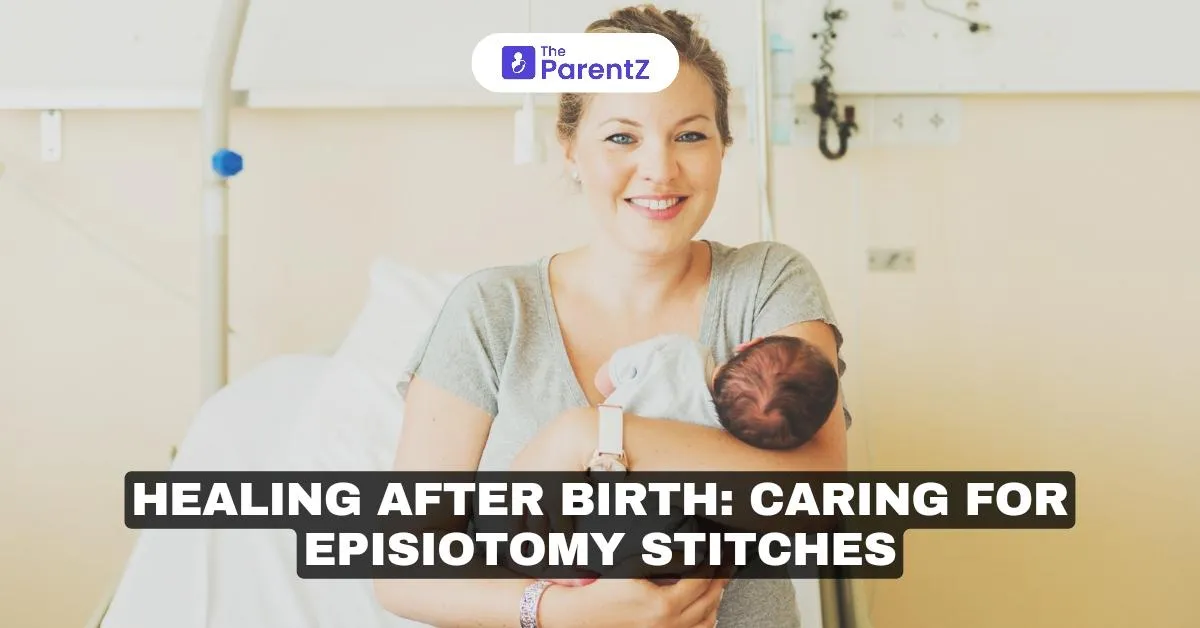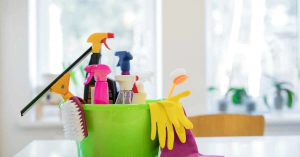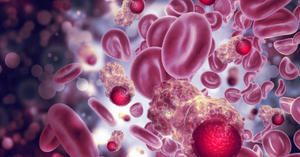Childbirth is a life-changing experience, but the postpartum recovery period can bring challenges, especially if an episiotomy was performed during delivery. An episiotomy is a surgical incision made in the perineum (the area between the vagina and anus) to facilitate a safe delivery. While it is often necessary, it requires proper care afterward to promote healing, minimize pain, and prevent complications.
What is an Episiotomy?
An episiotomy is performed to enlarge the vaginal opening during childbirth. It is often used in cases of:
• Difficult or prolonged labor.
• Fetal distress, requiring a quicker delivery.
• The need for assisted delivery using forceps or a vacuum.
• To prevent severe natural tearing of the vaginal tissue.
The stitches used to close the incision are absorbable and typically dissolve on their own within 2-4 weeks.
Why is Proper Care Essential?
Episiotomy stitches are located in a sensitive area prone to infection, irritation, and discomfort. Proper care can:
• Prevent infections.
• Relieve pain and swelling.
• Promote faster healing.
Steps to Care for Episiotomy Stitches
1. Keep the Area Clean
• Wash the perineal area with warm water and a mild, unscented soap during daily showers.
• Use a peri bottle to rinse the area after urination or bowel movements.
• Gently pat the area dry with a clean towel; avoid rubbing.
2. Manage Pain and Swelling
• Cold Compress: Apply an ice pack or chilled gel pad wrapped in a cloth to the perineal area for 10-15 minutes to reduce swelling.
• Pain Relief Medication: Take over-the-counter pain relievers like ibuprofen or acetaminophen as recommended by your doctor.
3. Maintain Good Hygiene
• Change sanitary pads every 4-6 hours or more frequently if needed.
• Avoid using tampons until cleared by your doctor.
• Wear loose, breathable cotton underwear to prevent irritation.
4. Promote Healing
• Sitz Baths: Soak the perineal area in warm water for 10-15 minutes, 2-3 times a day, to relieve pain and keep the area clean.
• Avoid Strain: Prevent constipation by eating a fiber-rich diet and drinking plenty of water. Consider a stool softener if needed to avoid Strain
• Proper Sitting Posture: Use a cushion or sitz ring to reduce pressure on the stitches while sitting.
5. Monitor for Signs of Infection
Seek medical attention if you notice:
• Increased redness, swelling, or warmth around the stitches.
• Persistent or worsening pain.
• Foul-smelling discharge or pus.
• Fever or chills.
Tips for Faster Recovery
1. Follow a Healthy Diet
• Include foods rich in vitamins A, C, and E, which promote tissue healing.
• Add protein sources like legumes, tofu, eggs, and dairy to repair tissues.
• Stay hydrated by drinking 8-10 glasses of water daily.
2. Avoid Strenuous Activities
• Rest as much as possible, especially in the first two weeks postpartum.
• Avoid heavy lifting or activities that put pressure on the pelvic area.
3. Kegel Exercises
• Once cleared by your doctor, start gentle Kegel exercises to improve blood flow to the area, reduce swelling, and strengthen pelvic floor muscles.
4. Gradually Resume Sexual Activity
• Wait until you get the go-ahead from your healthcare provider, typically 4-6 weeks postpartum, to resume intercourse. Use lubricants to minimize discomfort if needed.
Common Challenges and How to Address Them
Pain and Discomfort
• Use warm sitz baths or cold compresses for relief.
• Take pain relievers as prescribed by your doctor.
Fear of Infection
• Practice excellent perineal hygiene and change pads frequently.
• Avoid soaking in unclean water or swimming until the stitches are healed.
Difficulty Passing Stool
• Prevent constipation by eating fiber-rich foods like fruits, vegetables, and whole grains.
• Stay hydrated and consider stool softeners if necessary.
Emotional Recovery
The postpartum period can be emotionally taxing. Talk to your partner, family, or a counselor if you feel overwhelmed.
When to Consult a Doctor
Contact your healthcare provider if you experience:
• Persistent or severe pain that does not improve with self-care.
• Heavy bleeding or blood clots.
• A foul-smelling discharge from the stitches.
• Fever or signs of infection.
• Any unusual lumps or swelling near the stitches.
Key Notes for Episiotomy Care
1. Keep the area clean and dry to prevent infections.
2. Use cold compresses and sitz baths to relieve pain and swelling.
3. Eat a balanced diet rich in fiber and nutrients for faster recovery.
4. Rest and avoid strenuous activities to allow the stitches to heal properly.
5. Monitor for any signs of infection and consult your doctor if needed.
Conclusion
Healing from an episiotomy takes time and proper care. While the process may be uncomfortable initially, consistent hygiene, pain management, and a healthy lifestyle can significantly ease recovery. Remember, every mother’s postpartum journey is unique, and patience is key.
By following these guidelines and seeking medical advice when necessary, you can ensure a smooth recovery and focus on enjoying this precious new phase of motherhood.
Key Takeaways
• An episiotomy is a surgical incision made during childbirth that requires proper care to heal.
• Good hygiene, sitz baths, and cold compresses can alleviate discomfort and promote recovery.
• A healthy diet and rest are essential for faster healing.
• Watch for signs of infection, and consult your doctor if symptoms worsen.
• Emotional support is crucial during postpartum recovery.








Be the first one to comment on this story.